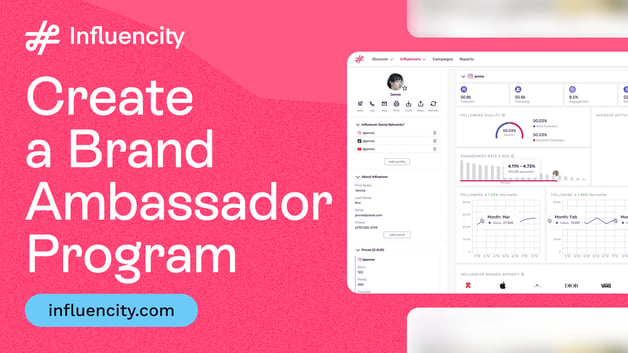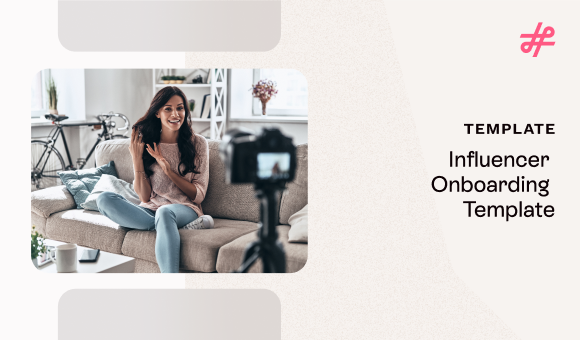How to Conduct an Influencer Audience Analysis for Your Campaigns
Influencer marketing has become an increasingly popular way for brands to reach their target audiences and achieve their marketing goals. By partnering with influencers, brands can tap into the trust and influence that these creators have built with their followers. However, it is important to choose the right influencers to partner with, and one of the best ways to do this is to conduct an influencer audience analysis.
This article will explain everything you need to know about conducting an influencer audience analysis. We will explore the methods and tools you can use to understand an influencer's audience so that you can tailor your campaigns accordingly.
What Is an Influencer Audience Analysis?
An influencer audience analysis is the process of evaluating the demographics, interests, behaviors, and online habits of an influencer's followers. The aim is to determine whether their followers are likely to be interested in your brand, engage with your content, and become paying customers.
By conducting an influencer audience analysis, you can:
- Identify influencers with a relevant and engaged audience.
- Tailor your influencer marketing campaigns to the specific interests and needs of the influencer's followers.
- Measure the success of your influencer marketing campaigns by tracking key metrics such as earned media value, engagement, and audience impacted.
This analysis is crucial for brands and marketers aiming to collaborate with influencers for their marketing campaigns. By understanding the influencer's audience, brands can ensure that their promotional content aligns with the interests and preferences of the influencer's followers. This alignment can lead to enhanced engagement, increased brand awareness, and improved conversion rates.
How to Conduct an Influencer Audience Analysis
Now let's take a look at the steps involved in conducting an influencer audience analysis. Keep in mind that the process should be comprehensive and data-driven to ensure the most accurate understanding of the target audience.
Understand the Influencer's Niche
Before diving into the specifics of an influencer audience analysis, it is essential to understand the niche and content style of the influencer. Identifying the type of content they create, the topics they discuss, and the tone they use provides a foundational understanding of their audience's interests. Is the influencer focused on fashion, fitness, technology, or perhaps lifestyle content? Are they friendly, humorous, informative, or all the above? Understanding these aspects lays the groundwork for a targeted influencer audience analysis, helping you select the best tools and methods for your assessment.
Analyze Audience Demographics
Analyzing influencer audience demographics is a crucial step in understanding the characteristics and preferences of an influencer's follower base. Start by analyzing the age groups, gender distribution, geographical locations, and language preferences of an influencer's audience. Then make sure you understand the cultural nuances and regional differences of an influencer’s followers so that you can tailor your campaign content accordingly. That way, it will be more likely to resonate with them on a personal level.
Identify Audience Behavior Patterns
Beyond demographic analysis, make sure you look into an audience’s behavior patterns to help you understand their preferences, habits, and online activities. Review crucial performance data such as the types of content that are most popular with the audience, top performing content and hashtags, and the number of comments, likes, and shares on each post than an influencer has shared. Further down the line, once you have launched a campaign with an influencer, you can gather more in-depth data including specific campaign engagement rates, click-through rates, and post-performance indicators to gain valuable insights into the content types that captivate the audience's interest and prompt active interaction. Additionally, analyzing the audience's response to specific campaigns, promotions, or call-to-action initiatives can shed light on how responsive they are to different marketing strategies.
Leverage Influencer Audience Analysis Tools
You can, of course, conduct much of this research manually, but this can be time-consuming and frustrating. It’s far more efficient to use online tools to access the data you need to generate comprehensive insights.
For example, tools like Instagram Insights, YouTube Analytics, and TikTok Analytics offer valuable audience demographic data, including age, gender, and location. This data serves as the initial building block for understanding the influencer's follower base. However, this data is only available to the user (with the exception of YouTube analytics which gives you visibility over a channel’s performance) so brands would have to request this information from the influencer.
A far more effective way of gaining a deeper understanding of an influencer’s audience without the need for this level of access to an influencer’s personal profiles is by using third-party analytical tools such as those offered through Influencity’s platform.
With Influencity, you can:
- Analyze influencer demographics beyond age, gender, and location. Influencity offers a comprehensive range of demographic data, including interests, ethnicity, language, and reachability. This information can help you to identify influencers with audiences that are not only relevant to your brand, but also likely to be interested in your products or services.
- Analyze the demographics and preferences of audience likers, that is, users who don't follow an influencer, but have come across their profile and 'Liked' their content.
- Understand influencer audience engagement. Influencity provides insights into how influencers are engaging with their audiences, including average engagement rates, top-performing content, and follower and liker evolution over time. This information can help you to assess the quality of an influencer's audience and identify potential red flags, such as bots, fake influencers, or individuals participating in follow for follow groups.
- See the brands your audience interacts with. Influencity also gives users a peek into the brands that an influencer’s followers interact with, which offers another good way to get into an audience’s head and identify the content that will truly resonate with them.
Ultimately, Influencity's platform provides brands with the tools they need to conduct a comprehensive and insightful influencer audience analysis. This information can then be used to identify the right influencers to partner with, create targeted campaigns, and measure the success of those campaigns.
Tags:



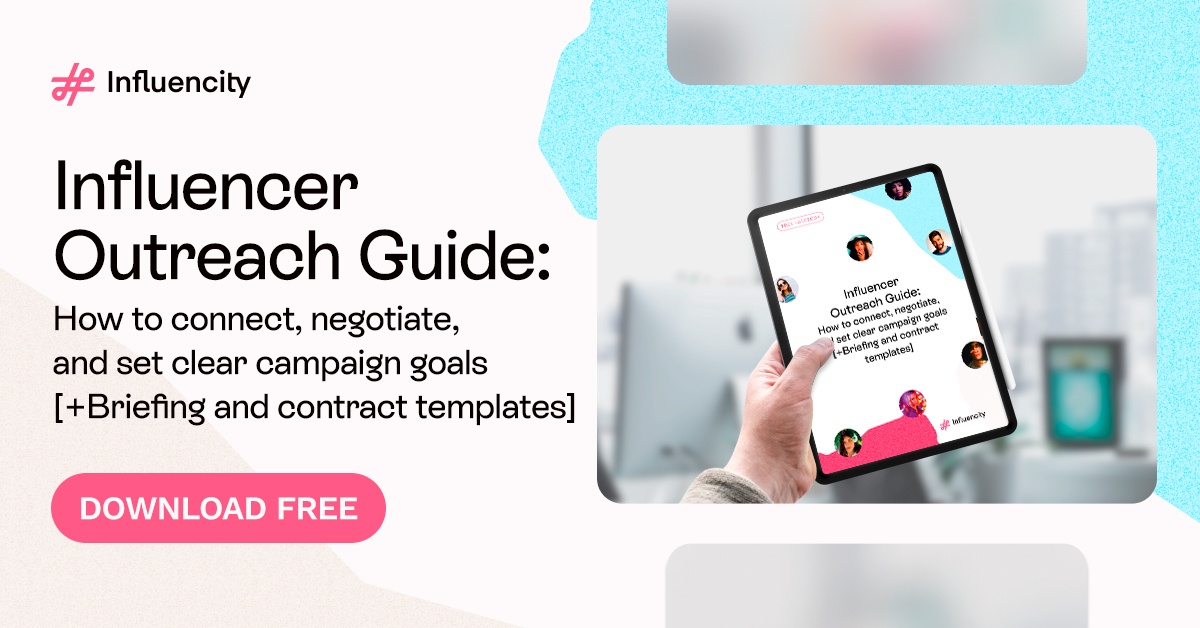











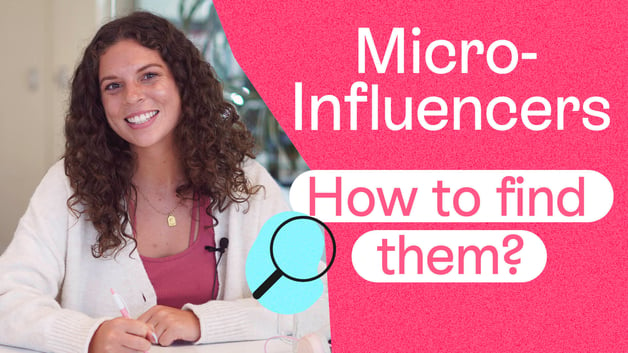


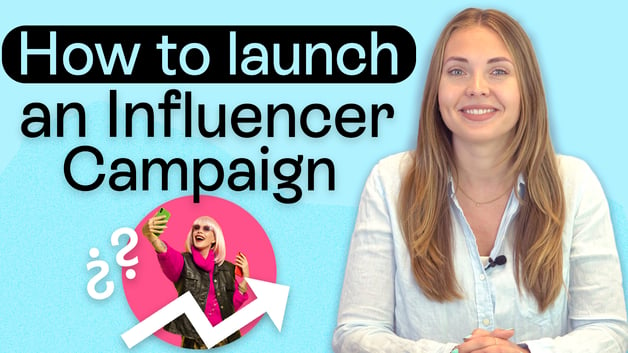



%20and%20How%20Can%20They%20Benefit%20Your%20Brand%20article.jpg?length=628&name=What%20Are%20Key%20Opinion%20Leaders%20(KOL)%20and%20How%20Can%20They%20Benefit%20Your%20Brand%20article.jpg)

